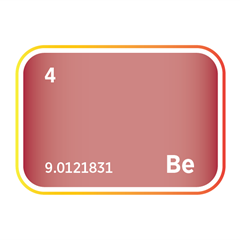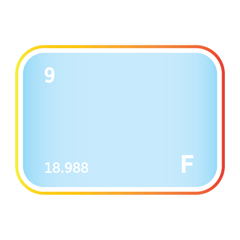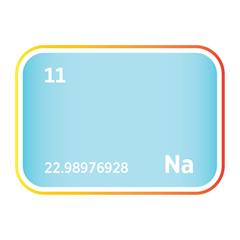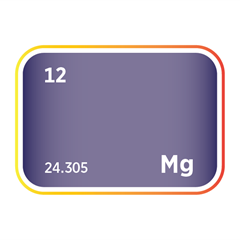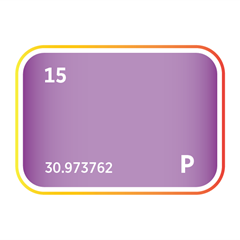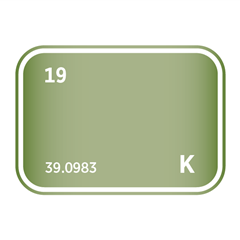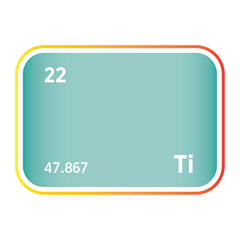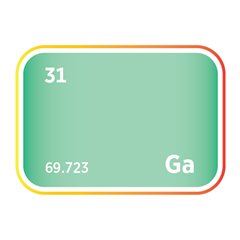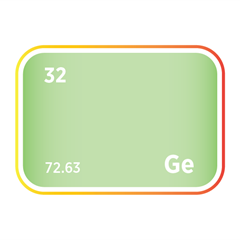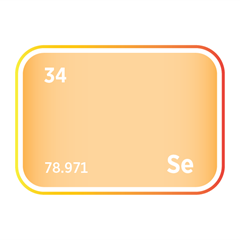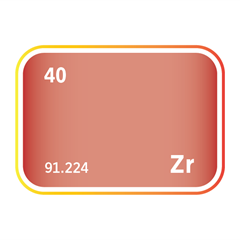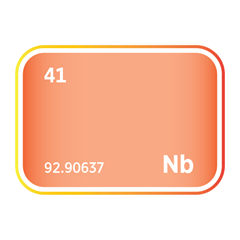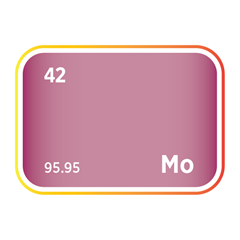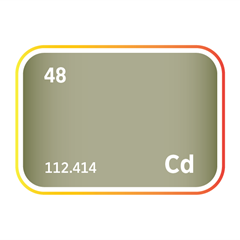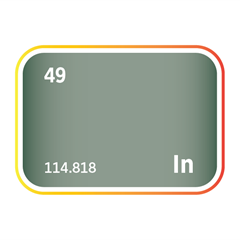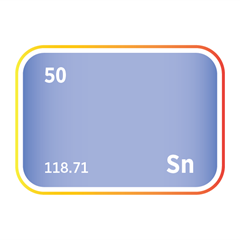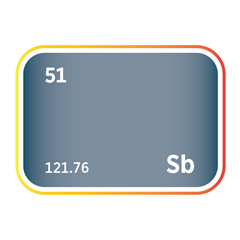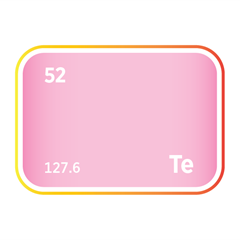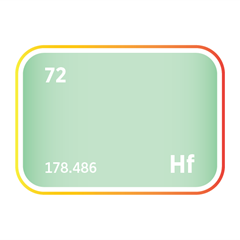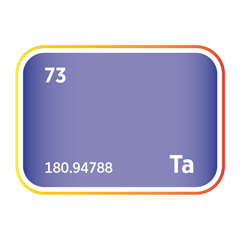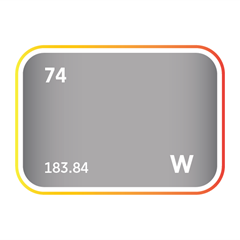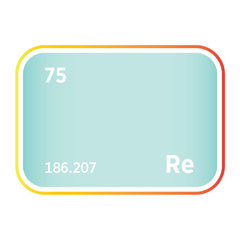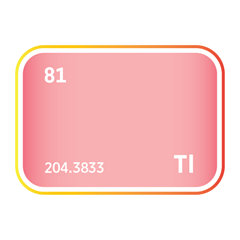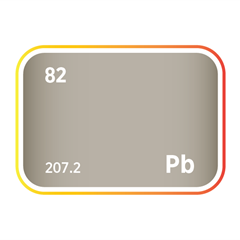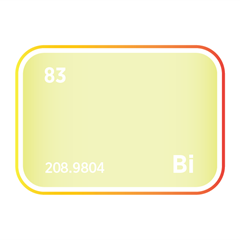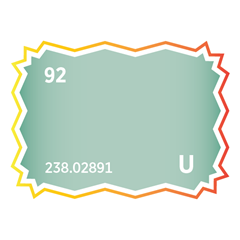Selenium
Critical Minerals and The Energy Transition
Navigating the Selenium Market
Selenium, a non-metal with intermediate properties between metals and non-metals, plays a critical and versatile role in various global markets. This rare element, found in sulfide ores of copper, lead, and nickel, is essential in manufacturing glass, electronics, and solar cells, contributing significantly to industries driving towards sustainable and renewable energy sources. Its unique photovoltaic and photoconductive properties make it invaluable in producing photocopiers, flat-panel displays, and digital cameras, showcasing its wide-ranging applications in modern technology. Additionally, selenium is crucial in animal and human nutrition, acting as an antioxidant that supports overall health and prevents cellular damage. However, the selenium market is navigating challenges such as environmental concerns related to mining and refining processes and the need for sustainable extraction methods. Despite these challenges, the demand for selenium continues to grow, driven by its irreplaceable role in technology and health. The future of the selenium market hinges on balancing its critical uses with responsible environmental management, highlighting the importance of recycling and innovative extraction technologies.
An introduction to selenium
Selenium demand and end-uses
Selenium is a non-metallic trace element with a unique blend of semiconductor, photovoltaic, and antioxidant properties, making it valuable across various industrial, technological, and biological applications. Though used in relatively small quantities, selenium is essential in glass manufacturing, electronics, metallurgy, agriculture, and healthcare, with growing attention to its potential in clean energy technologies and advanced materials.
The glass industry is the largest consumer of selenium globally, where it is primarily used to decolourise glass and to produce red-coloured glass and enamels. Selenium compounds help counteract the green tint caused by iron impurities, allowing for the production of clear and uniformly coloured glass. This application is critical in architectural glass, automotive windscreens, and high-end tableware, where colour consistency and optical clarity are crucial.
In metallurgy, selenium is added to steel, copper, and lead alloys to improve machinability, mechanical strength, and corrosion resistance. In free-machining steels, selenium is a chip-breaking agent that reduces tool wear and improves surface finish. It is also used in lead-free brasses and castings, offering an alternative to more hazardous alloying elements such as arsenic and lead. These metallurgical applications support manufacturing in automotive, plumbing, and electrical components.
Selenium’s semiconductor properties have long been utilised in rectifiers, photocells, and light meters, though these uses have declined with the rise of silicon-based electronics. However, selenium remains important in niche electronic and photovoltaic applications. Cadmium selenide (CdSe) and copper indium gallium selenide (CIGS) are key materials in thin-film solar cells, providing high conversion efficiency and flexibility. CIGS technology, in particular, has seen use in portable solar panels, building-integrated photovoltaics, and space-based power systems. As demand for lightweight and adaptable solar technologies grows, selenium’s role in the renewable energy sector is expected to expand.
In agriculture and animal health, selenium is used in small but vital quantities as a micronutrient in fertilisers and feed supplements. It supports immune function, fertility, and growth in livestock and is essential to human health, contributing to antioxidant defence systems and thyroid function. In regions with selenium-deficient soils, supplementation is critical for preventing deficiency-related disorders in animals and humans. Its inclusion in multivitamins, food fortification, and pharmaceuticals supports a stable but modest demand in the healthcare and nutrition sectors.
Selenium also has applications in environmental control technologies, particularly in flue gas treatment, where it removes mercury and other contaminants from coal-fired power plant emissions. Selenium compounds can enhance the effectiveness of activated carbon in capturing heavy metals, contributing to improved air quality and regulatory compliance in industrial settings.
Looking ahead, selenium demand is expected to remain stable in glass and metallurgy, with potential growth driven by thin-film solar technologies, health supplements, and flue gas treatment systems. However, competition from other solar materials, environmental concerns around cadmium-based compounds, and selenium’s limited recyclability pose challenges to widespread expansion in some sectors. Efforts to recover selenium more efficiently from refining residues and to develop alternative, environmentally benign compounds will be necessary to secure future supply.
Selenium’s cross-cutting utility, which spans optics, electronics, nutrition, energy, and environmental management, ensures its continued relevance in legacy and future-oriented industries. Though modest in volume, its unique functional properties and dependence on copper refining give selenium strategic significance in critical supply chains and the evolving low-carbon economy.
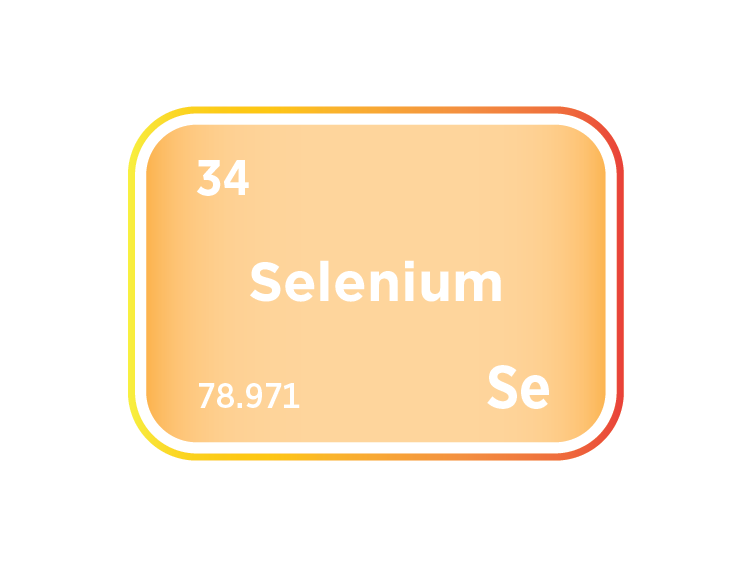
Selenium supply
Selenium supply is rare, by-product dependent, and geopolitically concentrated, making it a more fragile and opaque element in the critical minerals landscape. Global selenium supply is almost entirely reliant on by-product recovery from copper refining, particularly from copper anode slimes during electrolytic refining. Selenium is not mined in economically viable concentrations, and its availability is fundamentally tied to the scale, technology, and configuration of copper smelting infrastructure. This dependency on a single industrial process introduces significant supply inflexibility, exposing selenium availability to fluctuations in copper output and global trade dynamics. The growing use of solvent extraction–electrowinning (SX–EW) methods, which bypass anode slime formation, may further constrain selenium output in some regions.
Major producers include Chile, Japan, China, Germany, Russia, Belgium, Mexico, the United States, and Finland. Chile, the world’s top copper producer, plays a pivotal role in selenium supply, though recovery is not universal across its smelters. Japan and Germany, both significant importers of copper concentrates, operate advanced refining facilities capable of recovering selenium efficiently. With extensive copper refining capacity and a strong downstream industrial base, China is a major selenium producer and consumer. Through Norilsk and other smelters, Russia contributes strategic volumes but faces uncertainty due to sanctions and geopolitical shifts. The United States, Mexico, and Canada also produce selenium in smaller but steady volumes, while Belgium and Finland act as key refining centres in Europe.
Additional contributors include Poland, Peru, Kazakhstan, Armenia, Sweden, Serbia, and the Philippines, where selenium recovery is tied to local or imported copper smelting. Germany, France, and the United Kingdom, though not selenium producers per se, remain involved in downstream processing for electronics, glass, and industrial applications. Japan is particularly notable for its strategic investment in high-purity selenium used in atomic clocks, medical diagnostics, and solar technology.
Despite a wide distribution of copper smelters globally, selenium recovery remains technologically and economically selective. Not all smelters are equipped to capture selenium, and when concentrates are exported rather than refined domestically, the opportunity for recovery is often lost. Secondary supply through recycling is still nascent, limited by cost, complexity, and infrastructure. Although selenium is recoverable from end-of-life solar panels, electronics, and glass, collection and refining at scale remain challenging.
Selenium’s strategic relevance is growing due to its role in thin-film photovoltaics (notably CIGS cells), semiconductors, advanced batteries, agriculture, and biomedical applications. However, with supply tied closely to copper refining and no economically viable primary sources, selenium markets face mounting pressure. Environmental regulations offer opportunity and constraint—driving recovery in some jurisdictions while incentivising cleaner processes that may bypass selenium collection altogether.
As geopolitical tensions reshape global copper and refining flows, and demand for selenium rises in clean technology and critical applications, securing future supply will require greater investment in co-product recovery, improved recycling pathways, and more integrated critical minerals strategies across producer and consumer nations.
Historic refined selenium producers
Selenium substitution
Selenium substitution is limited by its unique chemical and physical properties, especially in high-tech and industrial applications. While there are partial alternatives in some sectors, few materials can fully replicate selenium’s performance across its broad functional spectrum, which includes semiconductors, glass decolourisation, solar photovoltaics, and nutritional supplements.
Selenium is widely used in glass manufacturing to decolourise greenish tints caused by iron impurities. In this application, cobalt compounds can serve as substitutes to some extent, though they are generally more expensive and may affect optical properties differently. Iron oxide and titanium dioxide blends can also offer alternative colouring effects, but they do not always match selenium's cost-efficiency and visual clarity.
In photovoltaics, particularly copper indium gallium selenide (CIGS) thin-film solar cells, substitution is challenging. Some manufacturers have explored copper indium gallium sulfide (CIGS without selenium), but these cells tend to have lower efficiency and reduced light absorption. Cadmium telluride (CdTe) is an alternative thin-film technology, yet it relies on tellurium, another scarce and geopolitically sensitive element. Silicon-based photovoltaics dominate the solar market and avoid selenium altogether. Still, they are a different technology class and may not be suitable for the same flexible or lightweight applications.
In semiconductor and rectifier applications, selenium was historically used in rectifiers and photocells, but has largely been replaced by silicon and gallium arsenide due to superior efficiency, miniaturisation potential, and stability. However, selenium remains relevant in particular niche and legacy systems due to its resistance to radiation and high-temperature performance.
Selenium is added to animal feed and human dietary supplements in agricultural and nutritional applications due to its essential role in metabolic and immune functions. While no proper substitute exists biologically, selenium-enriched yeast or inorganic selenites and selenates can be interchanged, depending on bioavailability requirements. In regions with low-selenium soils, no alternative nutrient can replace it in crop biofortification or livestock feed, making substitution biologically impossible, only formulation routes can vary.
Substitution is still under research in emerging technologies, such as quantum dots, battery additives, and biomedical imaging. Tellurium or sulfur may serve as alternatives in some compound configurations, but typically at the cost of reduced performance, higher toxicity, or increased processing difficulty.
While certain substitutions are technically feasible, most are only partial or context-dependent, with trade-offs in cost, efficiency, or safety. As demand rises and supply remains constrained, the focus is shifting more towards recycling, recovery optimisation, and strategic material efficiency rather than direct substitution.




Meet the Critical Minerals team
Trusted advice from a dedicated team of experts.

Henk de Hoop
Chief Executive Officer

Beresford Clarke
Managing Director: Technical & Research

Jamie Underwood
Principal Consultant

Dr Jenny Watts
Critical Minerals Technologies Expert

Ismet Soyocak
ESG & Critical Minerals Lead

Thomas Shann Mills
Senior Machine Learning Engineer

Rj Coetzee
Senior Market Analyst: Battery Materials and Technologies

Franklin Avery
Commodity Analyst

How can we help you?
SFA (Oxford) provides bespoke, independent intelligence on the strategic metal markets, specifically tailored to your needs. To find out more about what we can offer you, please contact us.


















